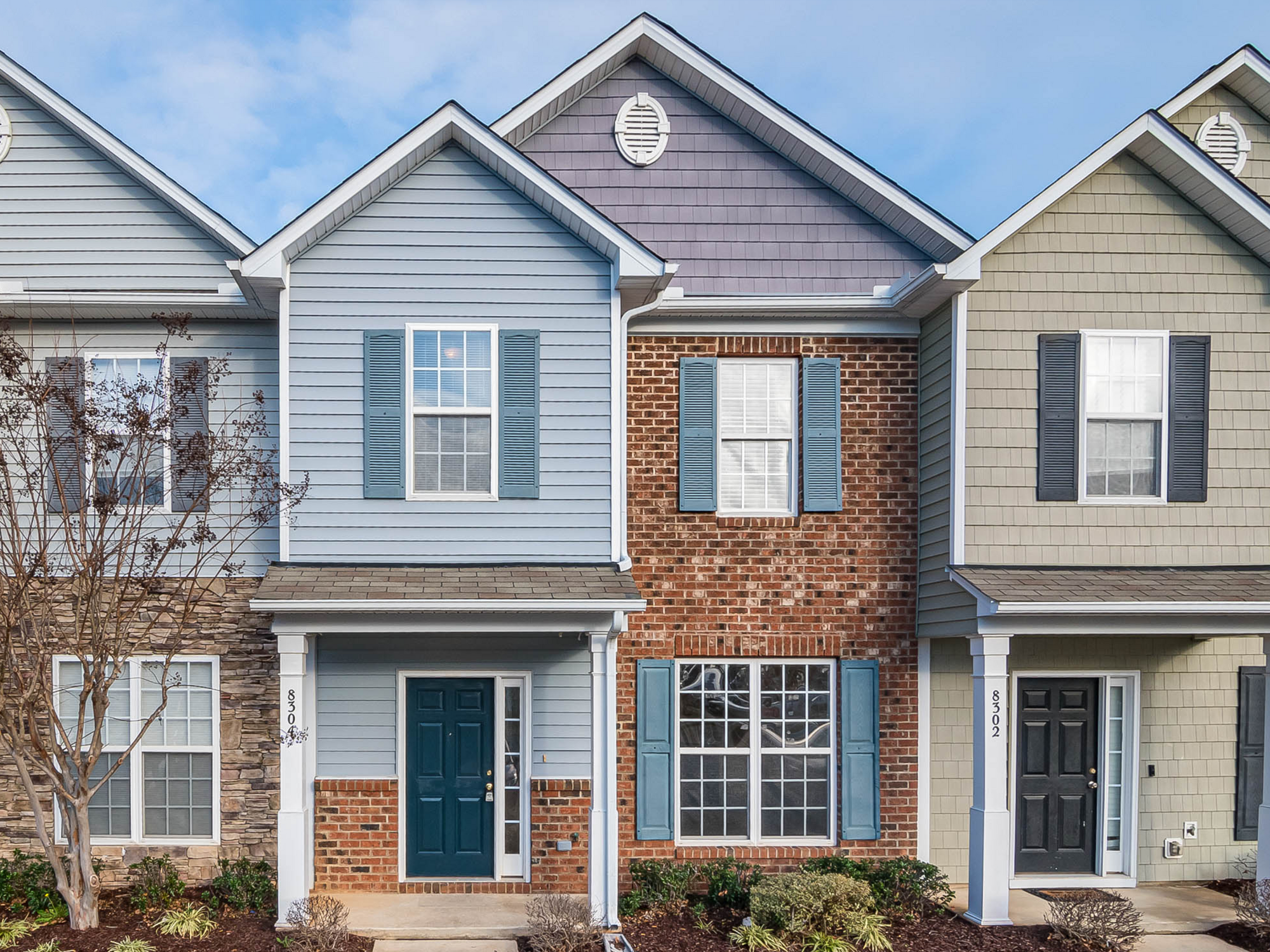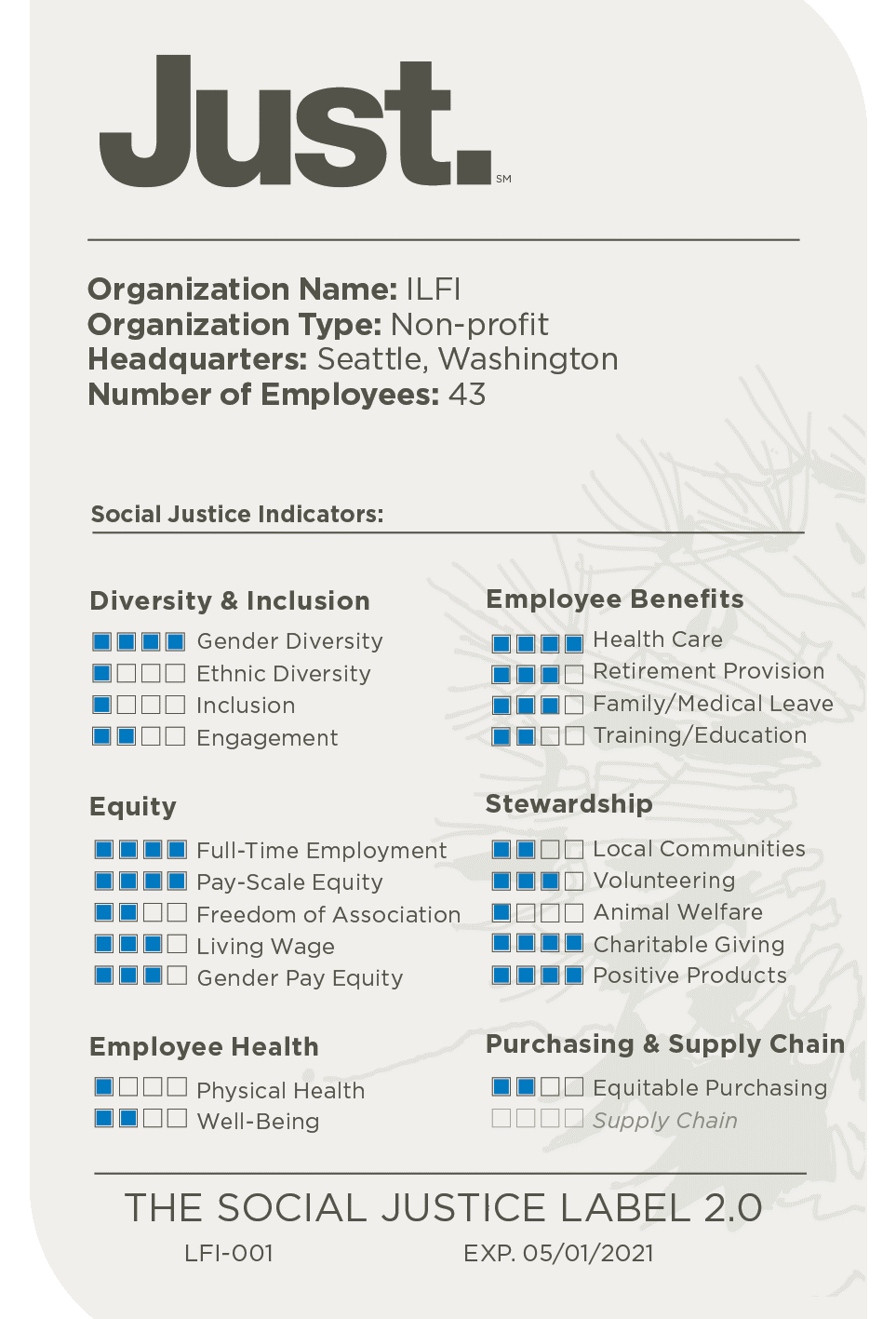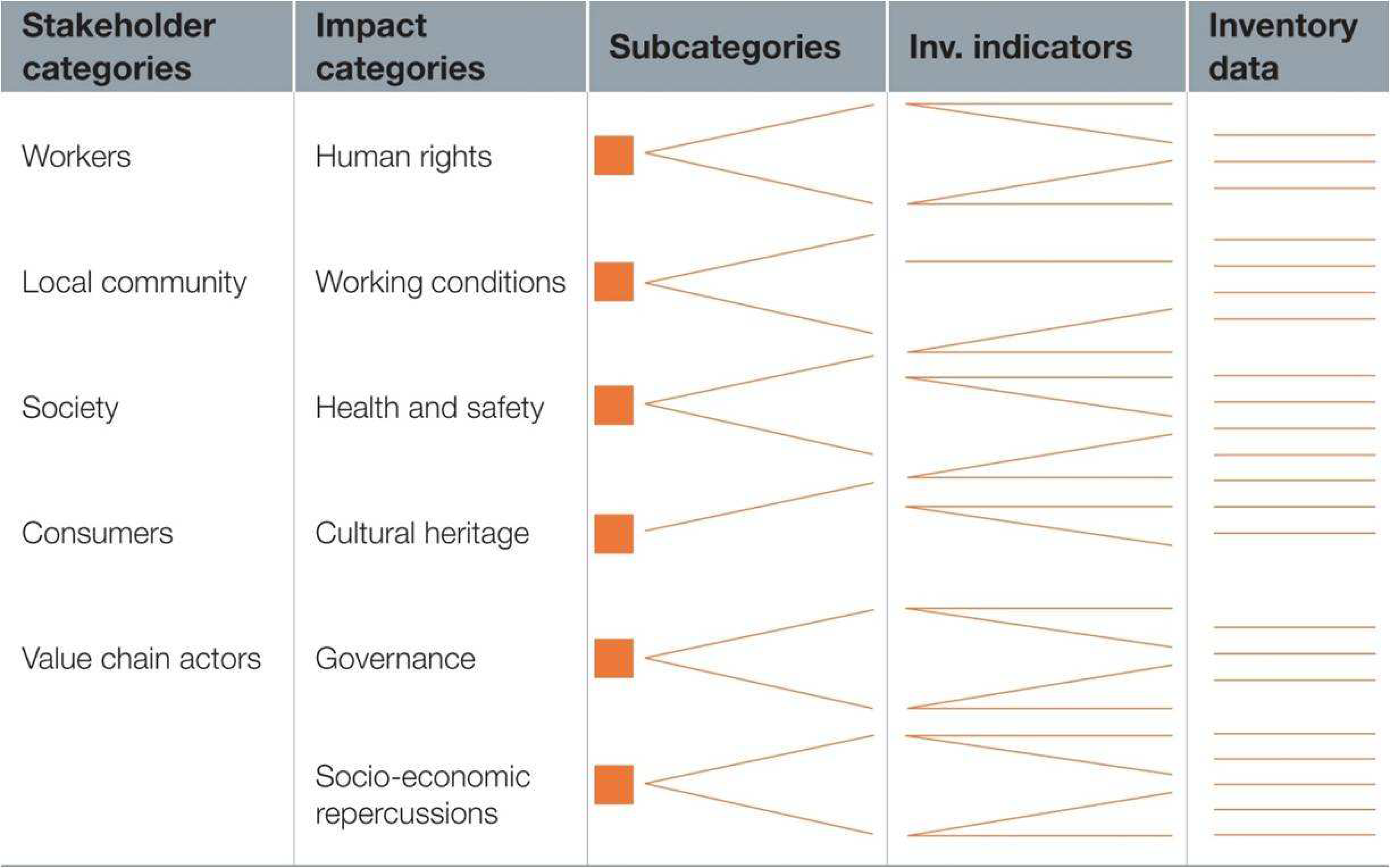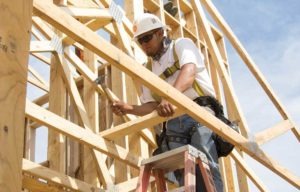

Blog
In Part 3 of this series, we outline ways principles of social equity can be integrated into the design, construction, and operations phases of a building.

In part one of this blog series, we established that buildings are only sustainable if they are equitable and accessible for all occupants. In part two, we detailed how to apply these principles to the planning stages and provided resources for improving social outcomes in your projects. In this post, part three, we will outline ways in which we can integrate principles of social equity into the design, construction, and operations phases.

The earlier you commit to an inclusive and integrative design process, the better. The broader the group of stakeholders involved, the better. For example, consider including members from the following groups, among others, to participate in early visioning and planning discussions and workshops:
When possible, recruit project team members from companies that have committed to social responsibility by publishing a JUST Label or other social responsibility report. Companies can pursue a JUST Label and become a resource for others.
Consider integrating criteria related to social responsibility, diversity, and accessibility compliance into your project’s RFQs/RFPs for consulting services.
Once the project team has been assembled, work to foster and maintain a culture of inclusiveness and collaboration to ensure that each person has the opportunity to contribute to and shape the project as it develops. Check out this article on “How To Run a Great Workshop: 37 Tips and Ideas.”
When developing the project’s design, in addition to addressing the specific social equity goals established for the project, incorporate standard equitable design features and strategies that enhance the surrounding community. For example, a mixed-use project with maximized publicly accessible space and amenities (outdoor open space, public lobbies and restrooms, indoor weather shelters, etc.) will enhance the neighborhood. Or, incorporate Universal/Inclusive Design strategies that meet the 8 goals of Universal Design to accommodate the needs of all people, regardless of age, ability, stature, etc. One strategy to further integrate the project with the community would be to include space that can be used by community groups.
Recognize that the needs of the surrounding community may shift and evolve over time, so designing for flexibility and adaptability is important. This may be accomplished by incorporating Universal Design goals, thereby maximizing the project’s usability and inclusivity. Include spaces such as lactation rooms, wellness/meditation rooms, all-gender and/or family restrooms, etc. and advocate for the owner/tenant(s) to adopt inclusive policies for staff working in the building, such as new parent leave, family leave, and bereavement support.

Integrate social equity goals into the material selection process to address social equity for those involved in the production of building materials and products. An initial strategy would be to incorporate social sustainability metrics into the life cycle analysis (LCA) “hot spot” study, so that different material and manufacturer options can be evaluated according to both environmental and social impacts (see discussions of the emerging Social Life Cycle Analysis (S-LCA) approach).
Using the information gathered during the initial “equity scan” of available products, develop the project specifications to maximize use of socially conscious and universally designed materials. Where accessibility compliance is required, ensure that products comply with applicable accessibility criteria (fairly sourced and traded from manufacturers that adhere to good labor practices and protect human rights, etc.). As a starting point, the project team could set a goal of using a percentage of products from companies that have published a JUST Label.
Advocate for potential suppliers to conduct assessments or complete and accept a Supplier Code of Conduct, based on criteria from an internationally recognized social responsibility guideline or standard, addressing health and safety procedures, non-discrimination, anti-corruption policies, etc.
Periodic specification reviews can help ensure that social equity goals related to material supply are met.

During the construction phase, it is important to support the community by requiring that local construction labor be hired. If the project’s community is affected by a shortage of skilled workers, support initiatives to train local labor. Additionally, safe working conditions and fair labor practices can and should be advocated for and ensured.
The LEED Prevention through Design Pilot Credit can help to identify and address potential hazards to both construction workers and building maintenance staff during construction safety reviews. This process, undertaken with the general contractor and representatives from the trades and suppliers involved, will help ensure that the necessary equipment and protocols are in place to address potential health hazards. The strategies developed to protect worker and community safety during construction should be incorporated into all construction documents and plans and communicated to all personnel during contractor and operator training sessions.
The owner and facilities team must know how the project was designed to promote social equity, environmental performance, and accessibility compliance. Building management and maintenance staff should understand the project’s social equity elements. The project team can assist by integrating information related to the project’s social equity features into the operations and maintenance plans and manual. Periodic review of the building’s O+M plans and policies can help ensure that they are inclusive and responsive to the needs of the occupants and surrounding community. For example, the project’s emergency preparedness plan should include particular guidance pertaining to the needs of the most vulnerable occupant group, as described in the WELL Emergency Preparedness Feature.
Integrate educational features that communicate to occupants and the public how the project’s design was influenced by social equity concerns as a way to both advocate for socially equitable design and solicit feedback from building users with which to evaluate the project’s success.
Use post-occupancy review strategies to track and measure the extent to which the building is effectively addressing targeted social equity issues and to identify new concerns and/or opportunities. This process can inform the ongoing development of strategies the project may use throughout its life cycle to advance ”just sustainability” within its community.
Additional Resources
AIA: Designing for Equitable Communities
SOCIAL EQUITY IN THE BUILT ENVIRONMENT: AN INITIAL FRAMEWORK AND PROJECT EXAMPLES
https://www.usgbc.org/sites/default/files/FINAL_Social%20Equity%20Built%20Environment_10.30.13.pdf
Social Equity in the Built Environment Learning Pathway
Advocacy Brief: Social Equity in Green Building Policies
Discover LEED projects that are building social equity
Contributor: James Wilson, Sustainability Consultant
Steven Winter Associates